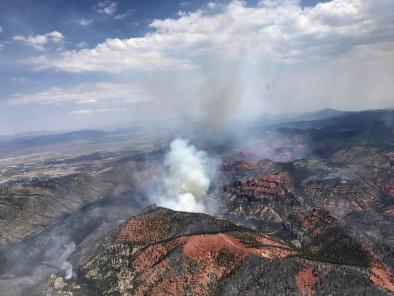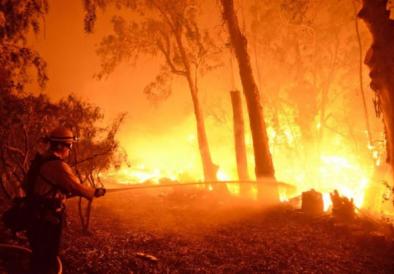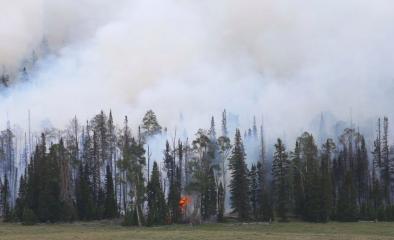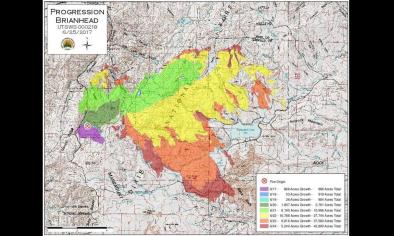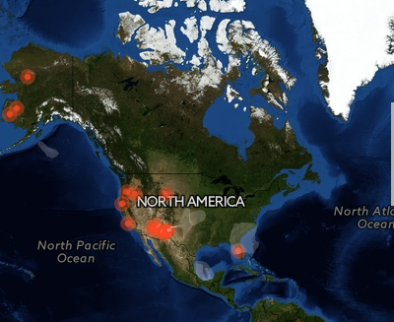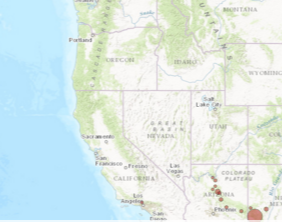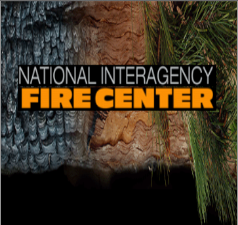Brian Head and Frye Fires June - July 2017
Climate disruption has extended wildfire seasons, expanded at risk areas, and increased fire size in the American West.
In mid-June 2017, triple digit temperatures and dry conditions set the stage for a series of large wildfires that erupted across the Western US.[1] By mid-July, the largest among these were still active. Utah's Brian Head Fire, which exploded from 1,000 acres to 27,744 between June 20 and 23, 2017, burned 71,669 acres and was 80 percent contained on July 11, making it one of Utah's largest wildfires.[2] In total, the Frye Fire burned 48,443 acres.
Wildfires have caused far more destruction than usual in the first half of 2017. Almost 1 million more acres had burned by June 22, compared with the 10-year average through that date.[5]
This is particularly true for the western United States where both the frequency of large wildfires and the length of the fire season have increased substantially in recent decades thanks to higher temperatures Warmer temperatures and drier conditions increase the chances of a fire starting, or help a burning fire spread.
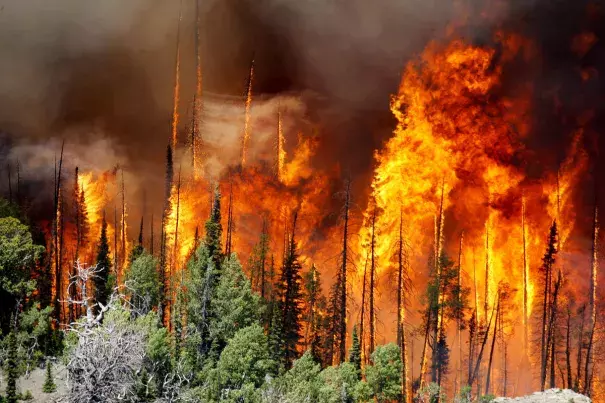
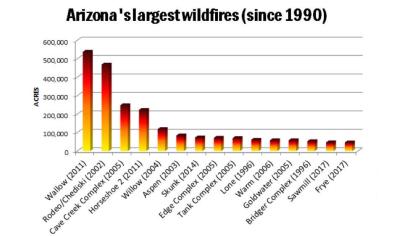
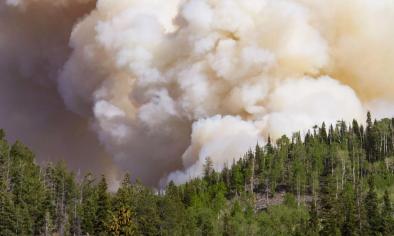
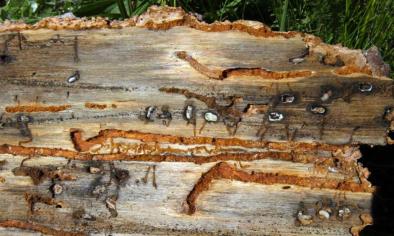
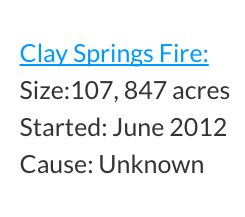
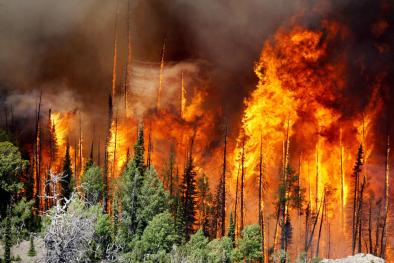
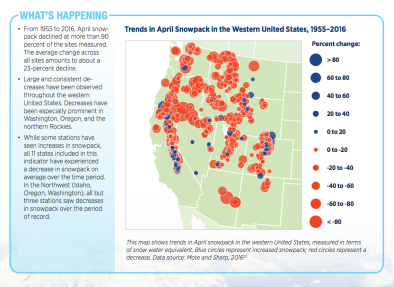
Climate science at a glance
- The Brian Head Fire one of Utah's largest wildfires in the past 10 years.[1]
- Wildfires have caused far more destruction than usual in the first half of 2017. Almost 1 million more acres had burned by June 22, compared with the 10-year average through that date.[2]
- In hotter and drier climates, fires that ignite are more likely to find ideal fire conditions over larger areas, leading to more area burning.[3]
- Hotter temperatures and drier soils are increasing wildfire risk in the American West.
Explosive fires linked to hot temperatures and dry soils
An extreme heat wave in the Southwest US made the fight against the Brian Head and Frye Fries more difficult.
Utah
Utah's Brian Head Fire began on Saturday, June 17 just as a record setting heat wave intensified across much of the western United States. By June 20, only 1,000 acres had burned, but this number increased exponentially during the next three days to 27,744 acres (or nearly 43.5 square miles).[4] The explosive blaze destroyed 13 homes during this period.[4] As of July 11, the fire had burned 71,669 acres and was 80 percent contained, making it one of the state's largest on record.[1]
On June 22, the Brian Head Fire Department reported in a prepared statement that, “The Brian Head Fire continues to grow at an unprecedented rate. Local area fire managers cannot recall witnessing such extreme fire behavior continuing for multiple days in this fuel type."[4] Commenting on the unusual fire activity in his state over the previous week, Utah Governor Gary Herbert advised that Utahns "be particularly mindful of the tinderlike conditions we have out there with a hot summer."[5]
Arizona
The week of June 19, firefighters in Arizona fought the Frye Fire in record-setting temperatures that reached nearly 120°F.[6]
"The heat is a major factor not only for us getting overheated but heat will rise up our embers, which will cause more fires to pick up," said Joseph De Wolf, chief of Arizona's Sonoita-Elgin Fire District.[6]
Since April, Arizona has experienced more than a dozen large wildfires “aided by high temperatures, winds, and available fuels,” said the office of Arizona Gov. Doug Ducey.[7]
Long-term global warming is increasing wildfire risk
Spring and summer temperatures in the western US have risen, on average, by 2.1°F (or half a degree per decade) from 1970 to 2015.[3] In Utah specifically, spring and summer temperatures have risen by 1.88°F during this time.[3]
Higher temperatures, reduced snowpack, and earlier onset of springtime are leading to increases in wildfire in the western United States.[8]
According to the US National Academy of Sciences, over the past 30 years, there has been a fourfold increase in the number of large and long-duration forest fires in the American West.[9] The length of the fire season has expanded by 2.5 months, and the size of wildfires has increased severalfold.[8][10] More than half the US Western states have experienced their largest wildfire on record since 2000.[10]
Soil degradation in the intermountain West linked to climate change and more frequent and large fires
One of the costs of higher temperatures and a greater incidence of large fires is soil degredation. A study from May 2016 investigating the causes of soil erosion in the intermountain West concludes that, "The combined effects of climate change and a possible continuation of increasing fire frequency and severity will compound excess sediment issues that already exist in this region."[11]
Related Content
